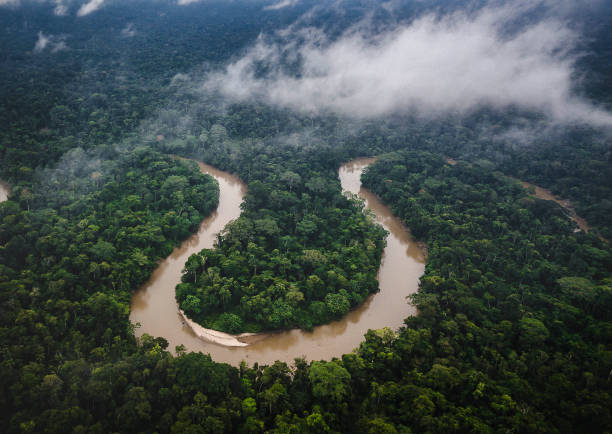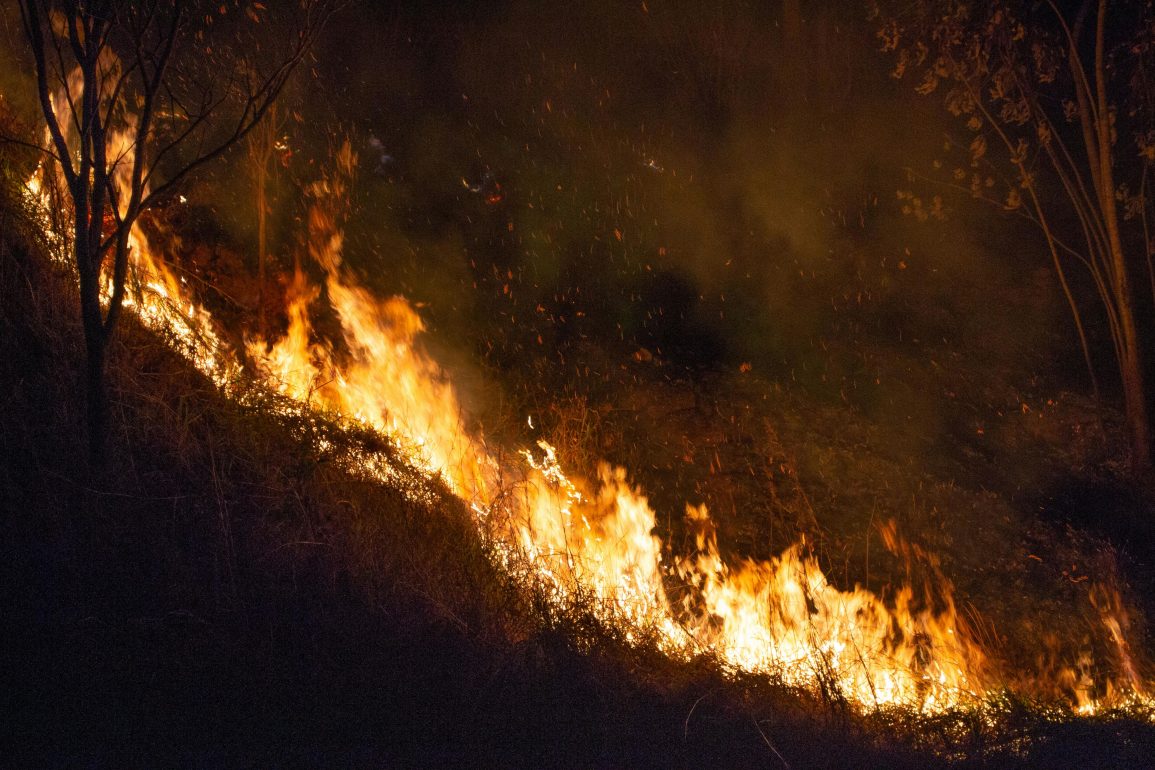Wildfires across the globe are rapidly consuming the carbon budget humans set to limit global warming, according to a recent study.
As wildfires intensify, they are pushing the Earth’s climate toward a “critical temperature threshold,” with significant effects on tree cover and carbon storage.
The study, led by the UK Met Office, warns that the current global temperature of 1.34°C above pre-industrial levels is dangerously close to this threshold.
Fires are blazing through forests in regions such as Brazil, the US, Greece, Portugal, and even the Arctic Circle, coinciding with the planet’s hottest recorded years.
Each fire releases carbon by burning trees, while also reducing the capacity of forests to absorb carbon dioxide, further exacerbating global warming.
This double blow contributes to the Earth’s rising temperatures, which are already 1.3°C higher than pre-industrial levels.

As temperatures continue to rise, droughts are becoming more frequent, rainy seasons are shortening, and forests are increasingly vulnerable to fires.
Human activities, such as land clearance for agriculture, especially in South America, are worsening the situation.
The Amazon rainforest, in particular, is facing a “critical slowing down,” with over a third of it struggling to recover from multiple severe droughts in recent decades.
These changes are turning vital carbon sinks like forests into carbon sources, creating positive feedback loops that accelerate climate change.
Experts warn that these escalating impacts make it harder to curb global warming, even before the world reaches the 1.5°C target set by the Paris Agreement.
The study’s lead author, Dr. Chantelle Burton, stated, “Fires are reducing the ability of ecosystems to store carbon, narrowing our window to keep global warming in check.”
As the planet’s ice caps continue to melt, scientists stress the urgency of reducing fossil fuel consumption to prevent further climate deterioration.

